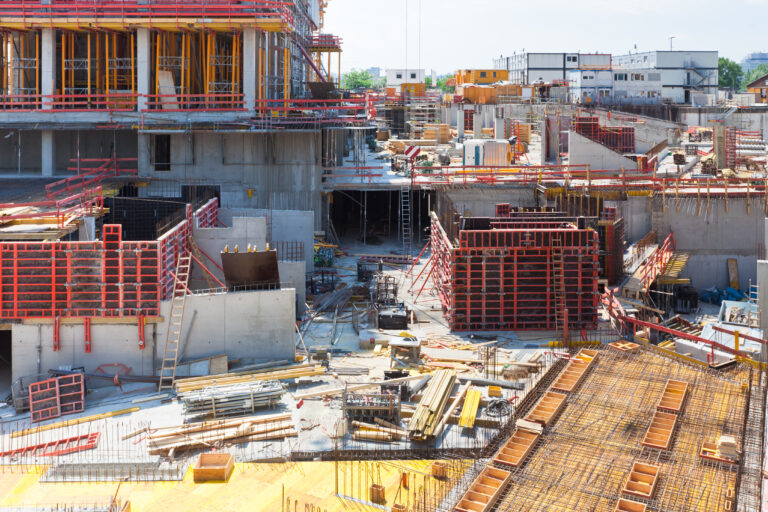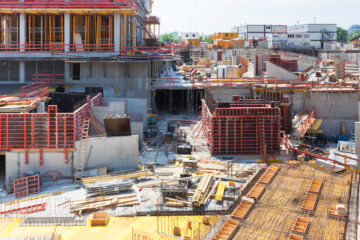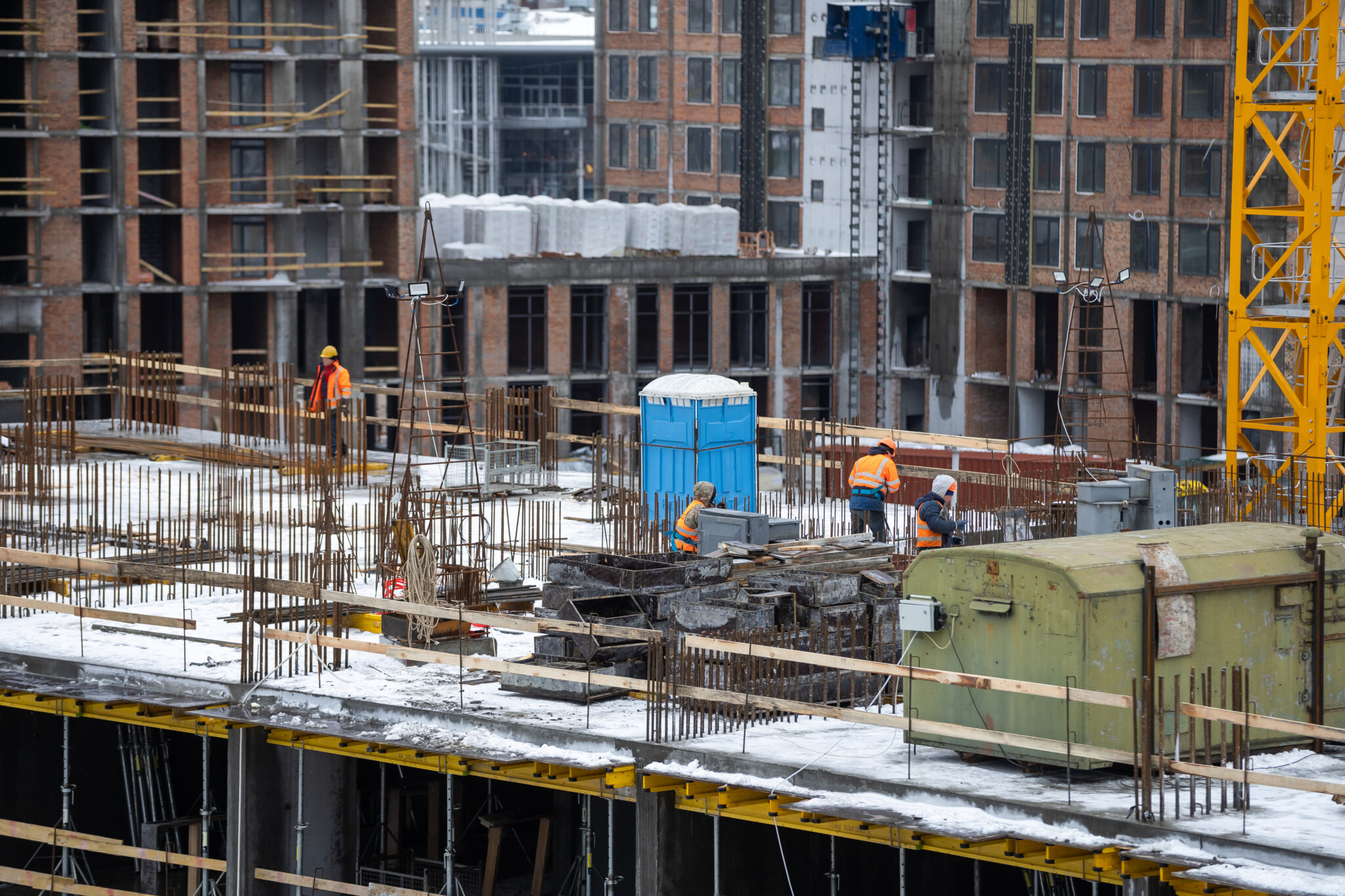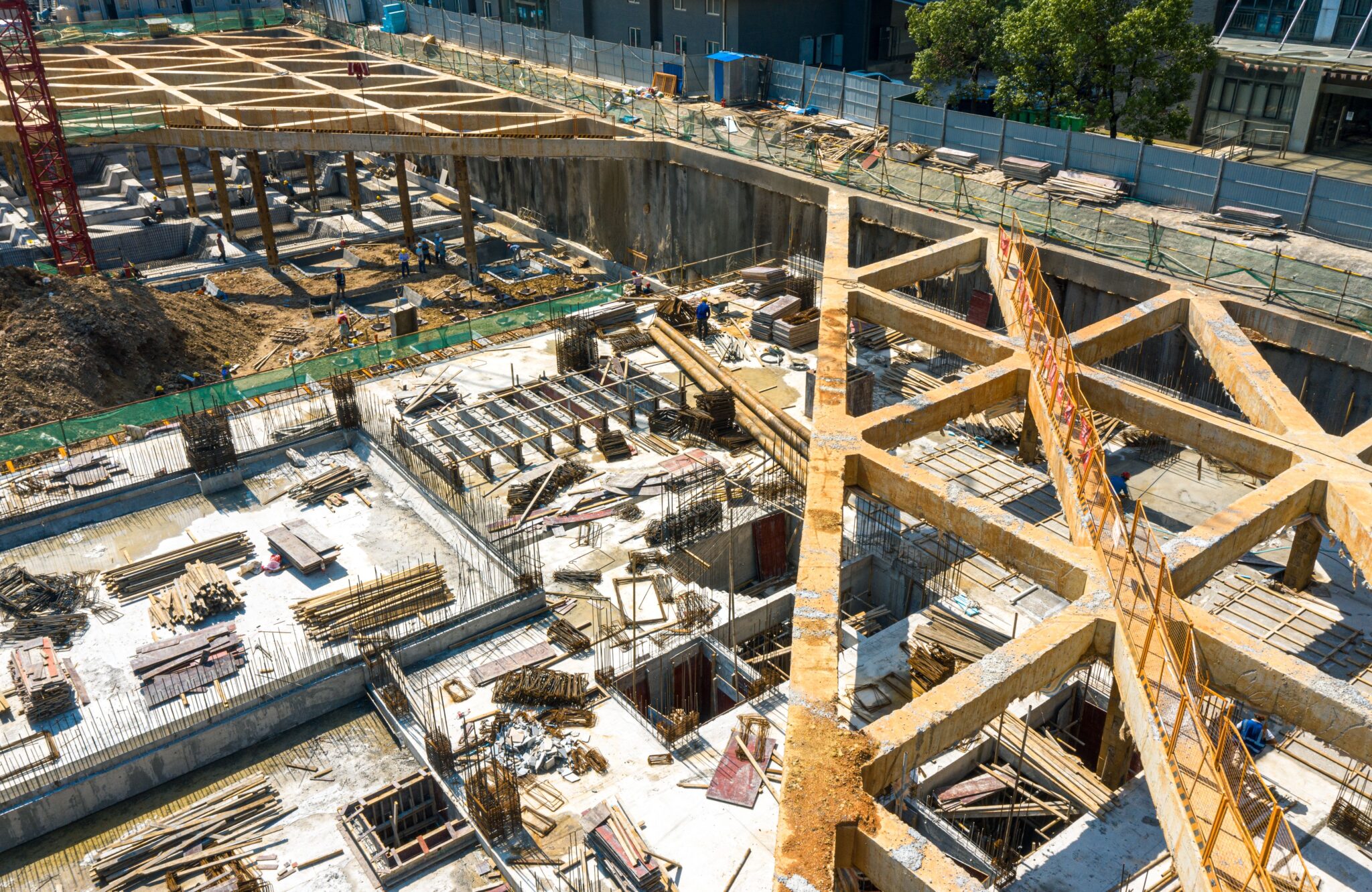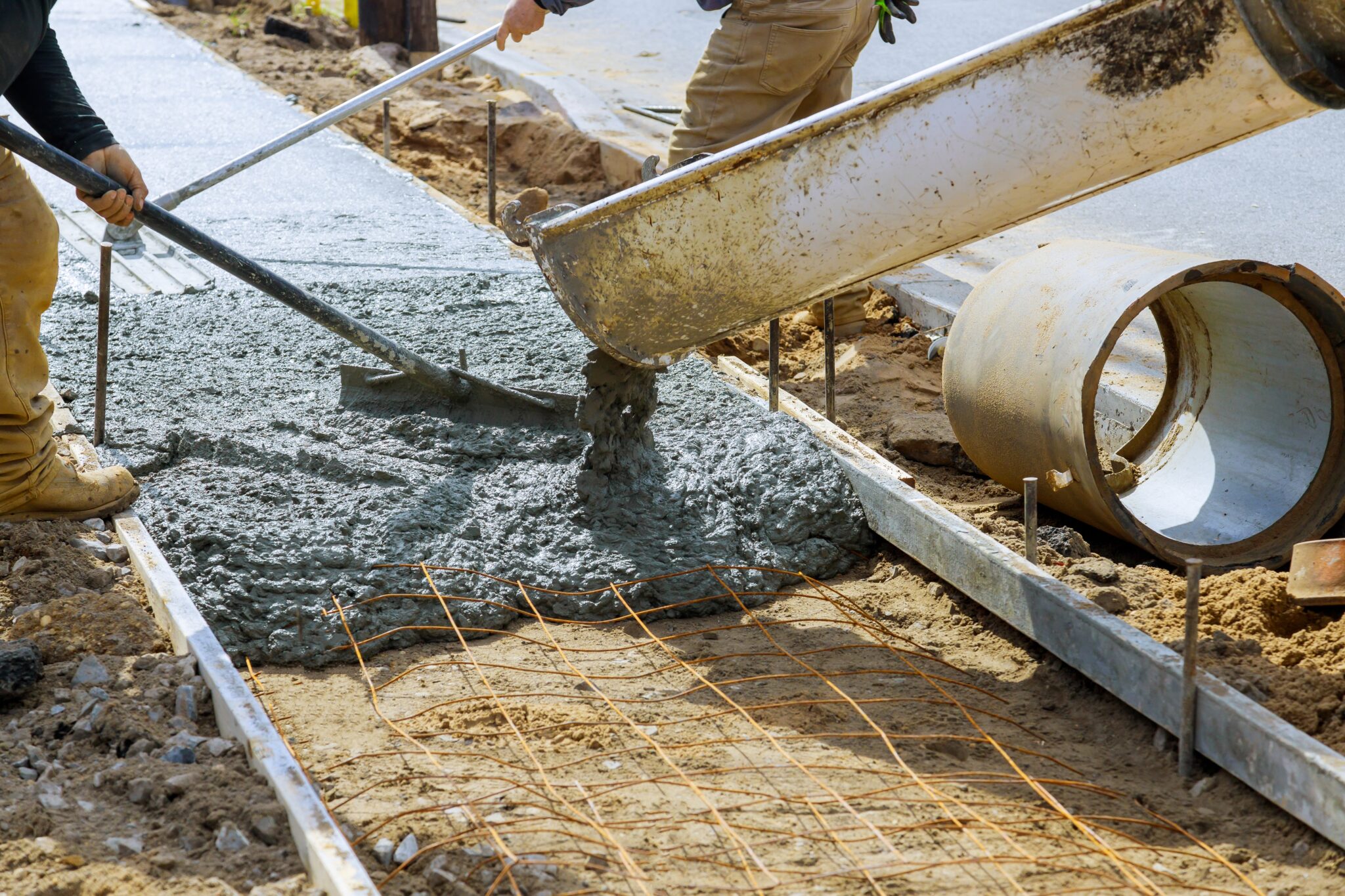The modulus of elasticity of concrete is a critical property that significantly influences the performance and durability of concrete structures. In Türkiye, where construction projects range from residential buildings to large-scale infrastructure, understanding and optimizing this property is essential. In this blog, let’s explore the importance of the modulus of elasticity, its applications, and best practices for Turkish construction projects.
SmartRock® Long Range Savings for Big Projects
What is the Modulus of Elasticity?
The modulus of elasticity, also known as the elastic modulus, measures a material’s ability to deform elastically (i.e., non-permanently) when a force is applied. For concrete, it indicates how much it will compress under a given load. Essentially, the higher the modulus, the stiffer the concrete. This is crucial for maintaining structural integrity under various loads.
Importance in Construction
In the context of construction, the modulus of elasticity plays a vital role in ensuring structural performance. A higher modulus means the concrete will deform less under load, which is crucial for the stability of structures such as high-rise buildings and bridges.

Additionally, it helps in controlling cracks in concrete structures by reducing deformation, thereby enhancing the longevity and safety of the construction. Ensuring compatibility with other construction materials like steel, often used in composite structures, is another significant benefit of optimizing the modulus of elasticity.
Factors Affecting the Modulus of Elasticity
Several factors influence the modulus of elasticity in concrete. The concrete mix design, which includes the proportions of cement, aggregates, and water, plays a significant role. The type of aggregates used in the mix also affects the overall modulus, as stiffer aggregates contribute to a higher modulus. Proper curing conditions are essential to enhance the modulus by ensuring complete hydration of the cement. Additionally, the age of the concrete is a factor, as the modulus increases as concrete matures and gains strength over time.
SmartRock® Long Range Savings for Big Projects
Applications in Turkish Construction
In Türkiye, the modulus of elasticity is particularly important in high-rise buildings, where it ensures stability and reduces deflection. For bridges and overpasses, it is critical for load-bearing components to minimize deformation under traffic loads. Industrial floors also benefit from a higher modulus, as it helps maintain flatness and reduces wear and tear from heavy machinery.
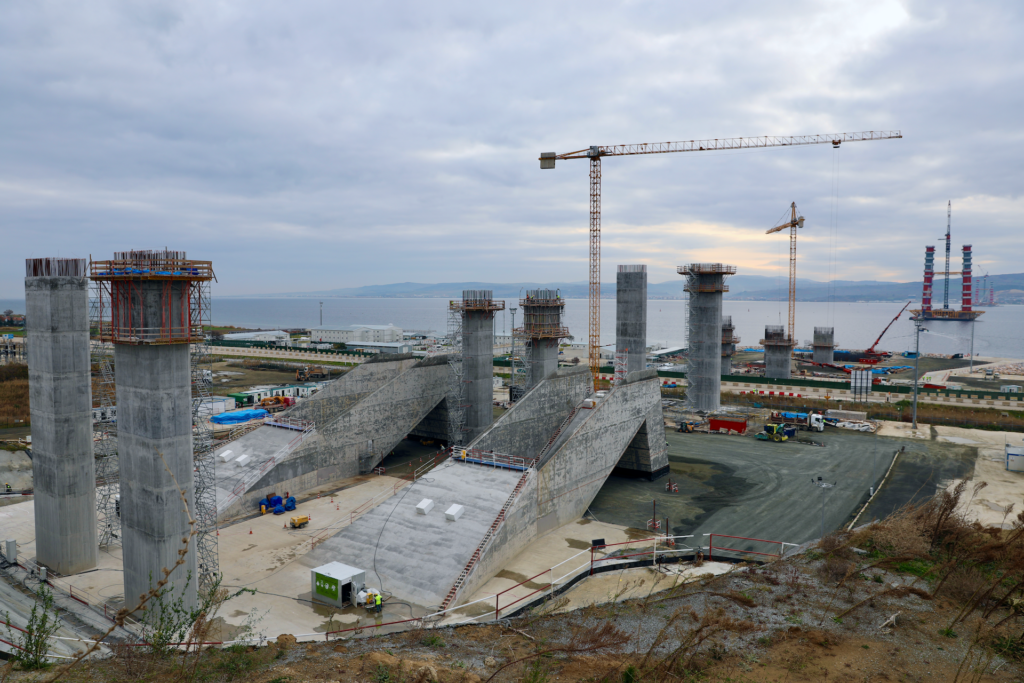
Learn how SmartRock™ saved Akçansa over 1000 hours of working hours here!
Best Practices for Optimizing the Modulus of Elasticity
To optimize the modulus of elasticity, it is essential to use high-quality materials, including aggregates and cement. Proper mix design is crucial to balance strength and elasticity, ensuring the concrete meets the required performance standards. Adequate curing is necessary to maximize the modulus, and regular testing should be conducted to monitor the modulus and adjust the mix design as needed.
Conclusion
Understanding and optimizing the modulus of elasticity of concrete is crucial for the success of construction projects in Türkiye. By following best practices and using quality materials, builders can enhance the performance and durability of their concrete structures.
Interested in learning more about optimizing your concrete mix for better performance? Request a demo to book a meeting with a local representative!
